CD4047 CD4047BE CD-4047 4047 DIP-14 Pin Package IC Breadboard Friendly Leads IC
৳ 25.00
CD4047BE CD4047 CD-4047 4047 DIP-14 Pin Package CMOS Mono-Stable Multi-Vibrators Logic Multiple Frequency Oscillator
Description: CD4047 IC CD 4047 DIP 14 Pin IC
CD4047 CD4047BE CD-4047 4047 DIP-14 Pin Package IC Breadboard Friendly Leads IC
The CD4047B is capable of operating in either the monostable or astable mode. The IC is made by using the Complementary MOS (CMOS) technology, integrated with p-type and n-type enhancement moe transistors. It requires an external capacitor and an external resistor (between pins 2 and 3) to determine the output pulse width in the monostable mode, and the output frequency in the astable mode. Astable operation is enabled by a high level on the astable input or a low level on the astable input. Monostable operation is obtained when the device is triggered by LOW-to-HIGH transition at + trigger input or HIGH-to-LOW transition at − trigger input. The output of the IC always comes in TTL which makes it easy to work with other TTL devices and microcontrollers.
Monostable Multivibrator
A monostable multivibrator (MMV), often called a one-shot multivibrator, is a pulse generator circuit in which the duration of the pulse is determined by the R-C network, connected externally to the 555 timers. In such a vibrator, one state of output is stable while the other is quasi-stable (unstable). For auto-triggering of output from a quasi-stable state to a stable state, energy is stored by an externally connected capacitor to a reference level. The time taken in storage determines the pulse width.
Astable Multivibrator
An astable multivibrator is a free-running oscillator that switches continuously between its two unstable states. With no external signal applied, the transistors alternately switch from cutoff to saturation state at a frequency that RC time constants of the coupling circuit determine. If these time constants are equal (R and C are equal) then a square wave will generate with a frequency of 1/1.4 RxC. Hence, an astable multivibrator is also a pulse generator or a square wave generator.
CD4047 Key Features
- Wide supply voltage range: 3.0V to 15V
- High noise immunity: 0.45 VDD (typ.)
- Low power TTL compatibility: Fan out of 2 driving 74L or 1 driving 74LS
Special Features
- Low power consumption: special CMOS oscillator configuration
- Monostable (one-shot) or astable (free-running) operation
- True and complemented buffered outputs
- Only one external R and C required
Monostable Multivibrator
- Positive- or negative-edge trigger
- Output pulse width independent of trigger pulse duration
- Retriggerable option for pulse width expansion
- Long pulse widths possible using small RC components by means of external counter provision
- Fast recovery time essentially independent of pulse width
- Pulse-width accuracy maintained at duty cycles approaching 100%
Astable Multivibrator
- Free-running or gatable operating modes
- 50% duty cycle
- Oscillator output available
- Good astable frequency stability
- typical= ±2% + 0.03%/°C @ 100 kHz
- frequency= ±0.5% + 0.015%/°C @ 10 kHz
- deviation (circuits trimmed to frequency VDD = 10V ±10%)
CD4047 Pinout
| Pin No | Pin Name | Description |
|---|---|---|
| 1 | C | connect external capacitor |
| 2 | R | connect external resistor |
| 3 | RC-COMMON | connecting resistor and capacitor |
| 4 | A-STB’ | Low when used in Astable mode |
| 5 | ASTB | High when used in Astable mode |
| 6 | – TRIGGER | Monostable mode we give High to Low transition |
| 7 | VSS | source supply |
| 8 | +TRIGGER | Monostable mode we give Low to High transition |
| 9 | EXT RESET | Its an external reset pin |
| 10 | Q | high output |
| 11 | Q’ | low output |
| 12 | RETRIGGER | Used in Monostable mode to simultaneously retrigger +trigger and –trigger pin |
| 13 | OSC-OUT | oscillated output |
| 14 | VDD | Drain supply |
Application
- Frequency discriminators
- Timing circuits
- Time-delay applications
- Envelope detection
- Frequency multiplication
- Frequency division
Package Include:
- 1 x CD4047 IC CD 4047 DIP 14 Pin IC
Only logged in customers who have purchased this product may leave a review.
Related products
Microcontroller, ICs & Base
Microcontroller, ICs & Base
PIC16F72 Microcontrollers IC 16F72 IC MCU DIP-28 28 Pin Leads Dual In Line Package Chip PIC16F72 IC
Microcontroller, ICs & Base
Microcontroller, ICs & Base
Microcontroller, ICs & Base
Microcontroller, ICs & Base
Microcontroller, ICs & Base
Microcontroller, ICs & Base
PIC18F452 Microcontrollers IC 18F452 MCU DIP-40 40 Pin Leads Dual In Line Package Chip PIC18F452 IC
Microcontroller, ICs & Base
Microcontroller, ICs & Base
Microcontroller, ICs & Base
AT89C52 IC 89S52 AT89C52-24PI AT89C52-24PU AT89C52-24PC IC DIP-40 Leads Microcontroller IC MCU Chip
Microcontroller, ICs & Base
Microcontroller, ICs & Base
Microcontroller, ICs & Base
Microcontroller, ICs & Base
PIC16F74 Microcontrollers IC 16F74 IC MCU DIP-40 40 Pin Leads Dual In Line Package Chip PIC16F74 IC
Microcontroller, ICs & Base
Microcontroller, ICs & Base
ATMEGA8A-PU ATMEGA8A Microcontroller ATMEGA8 IC 16MHz DIP 28 Pin Leads AVR Microcontroller IC
Microcontroller, ICs & Base
Microcontroller, ICs & Base
ATTINY13A IC ATTINY13A-PU ATTINY13 Microcontroller DIP-8 8 Pin Leads AVR Microcontroller IC
Microcontroller, ICs & Base
Microcontroller, ICs & Base
Microcontroller, ICs & Base
Microcontroller, ICs & Base
ATMEGA1284P-PU Microcontroller IC ATMEGA1284P IC DIP-40 Pin Leads ATMEGA1284P Microcontroller IC



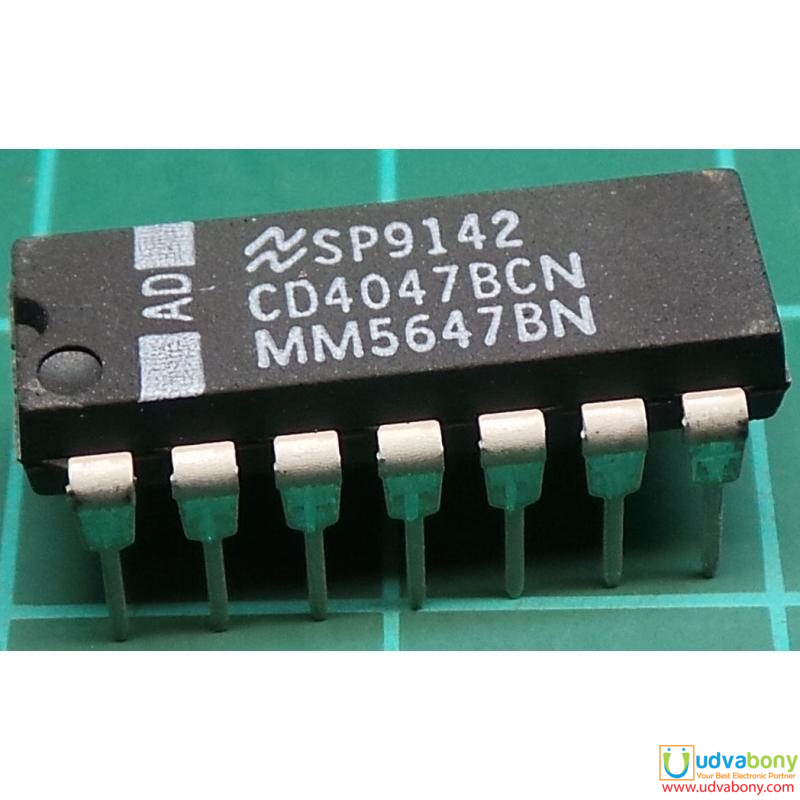


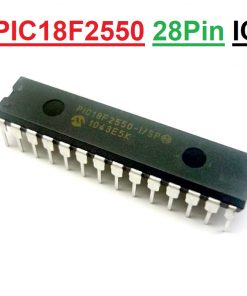










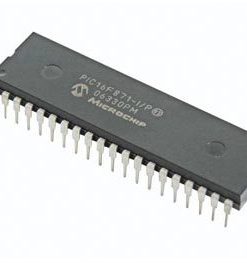
















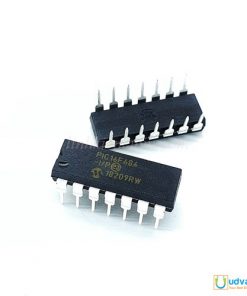






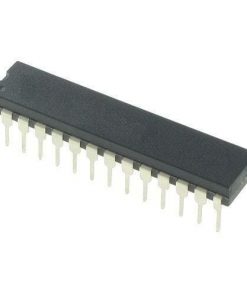

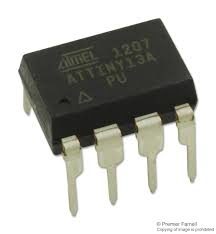









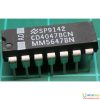
Reviews
There are no reviews yet.